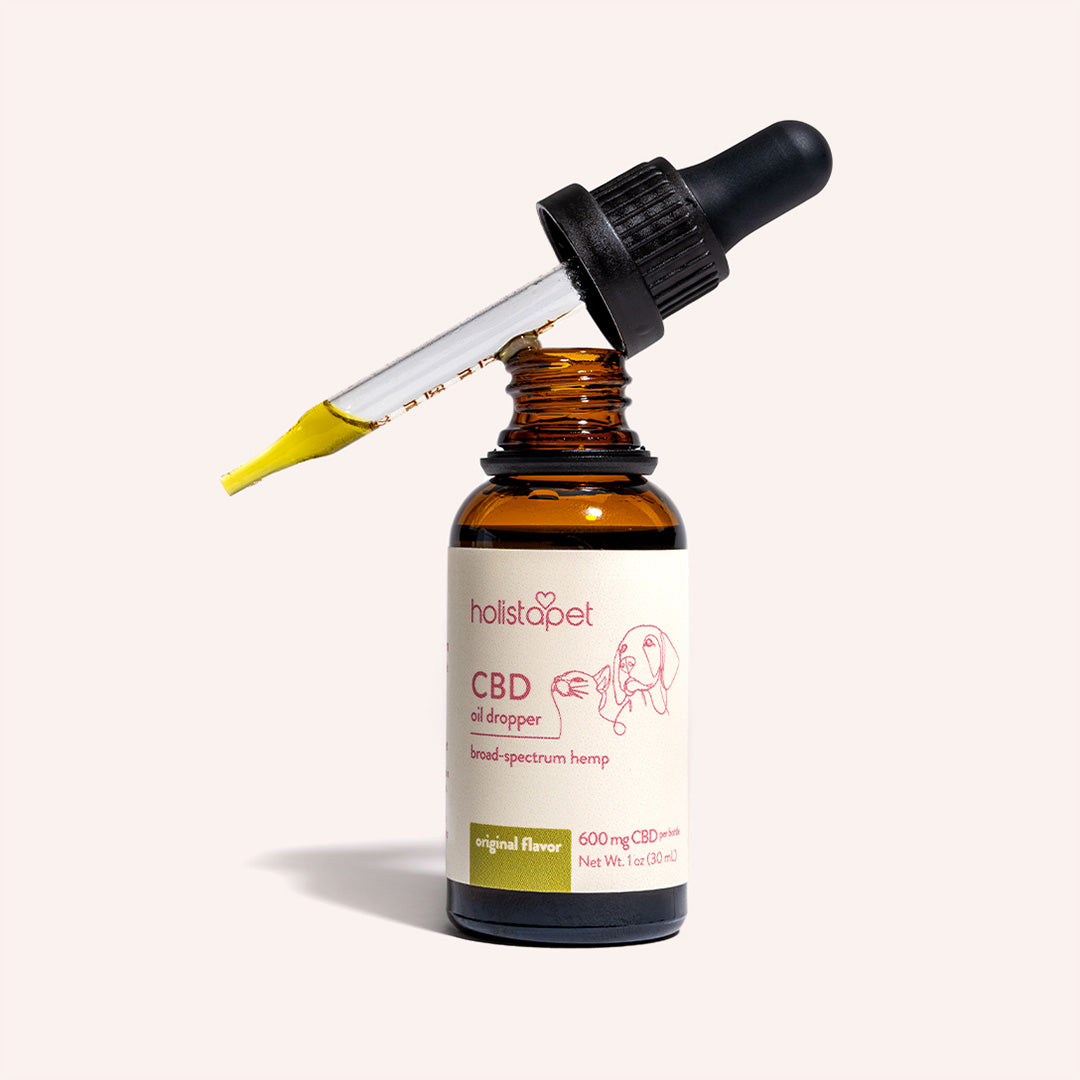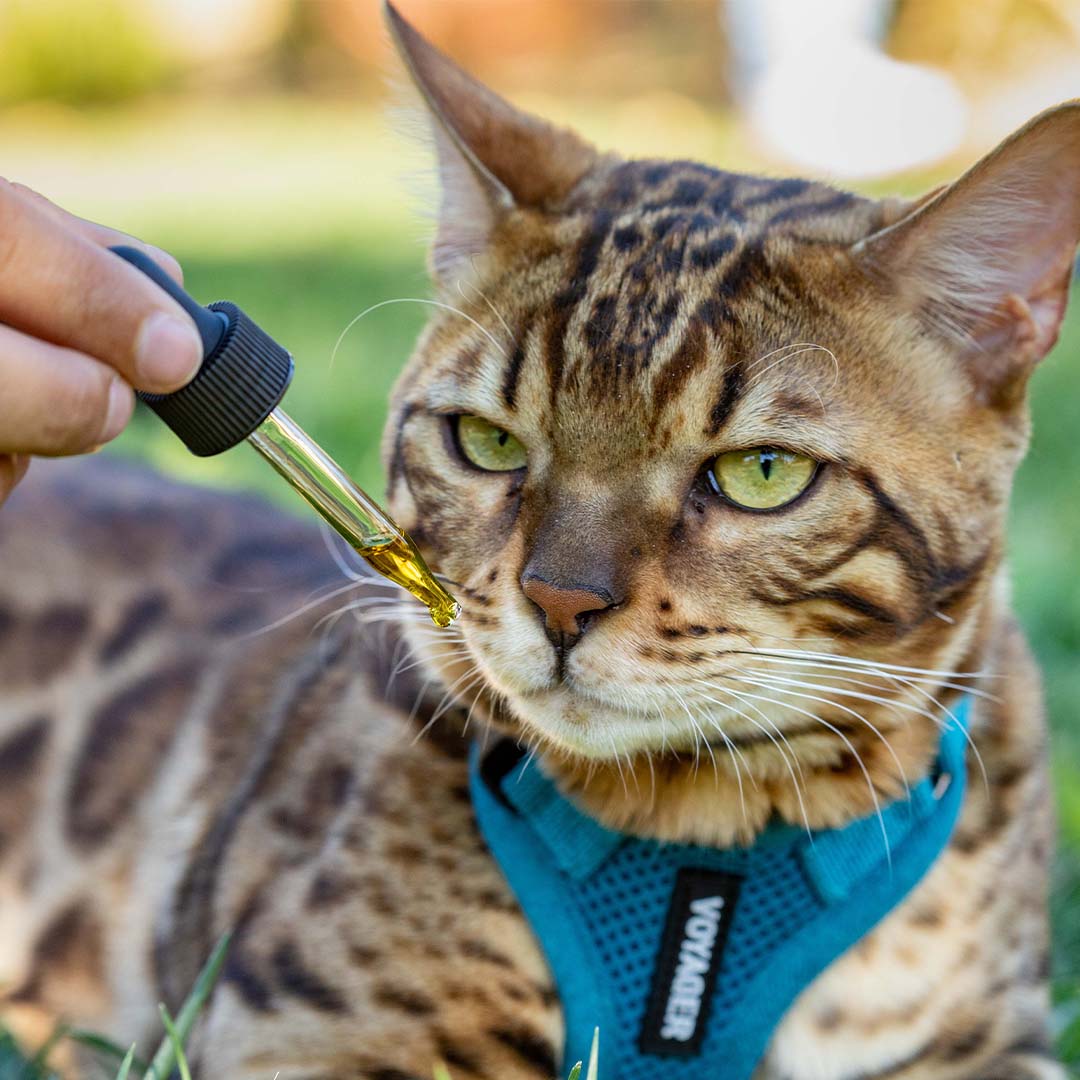Mange is one of the scariest-looking skin conditions that can affect your cat. A cat with mange can seem like a horrifying condition to deal with. These microscopic spider-like parasites will mites burrow into your cat's skin to feed, and the results can range from mild irritation to massive hair loss, crusted skin, and intense pain. Luckily, there are mange in cats treatment at home.
Understanding Cat Mange?
Cat mange is a skin condition caused by microscopic mites (tiny parasites called mites) that infest a cat's skin and hair follicles. These mites lead to intense itching, irritation, and inflammation, resulting in significant discomfort for the affected cat's immune system. There are two primary types of mange in cats: sarcoptic mange (caused by Sarcoptes scabies mites) and demodectic mange (caused by Demodex mites).
This parasite is more common in outdoor cats, like walking dandruff, but these pesky freeloaders are highly contagious and can also afflict indoor cats. You may have seen or read horror stories online where these parasitic mites ravage the skin, causing large areas to scab up, ooze pus, and bleed. This can be a reality for your feline unless the condition is handled swiftly and correctly. Because mange is a common skin disease, several home remedies help deal with these intrusive and kill mites.
Mange is a condition caused by various species of adult mites. Most mites are parasites, but some natural mites live peacefully on your cat's crusty skin. Any mite can cause damage if it proliferates rapidly. The three most common types of mites are feline sarcoptic mange (Sarcoptes scabei), notoedric mange (Notredes cati), and demodectic mange (Demodex cati / Demodex gatoi).
Notoedric Mange
The Notoedres Cati mite is responsible for Notoedric mange, the most common type of this condition found in cats. It is often called feline scabies due to its resemblance to mange in dogs. These tiny spider-like creatures burrow under your cat's skin scrapings, causing them to itch incessantly.
Notoedres Cati is highly contagious and obnoxiously persistent. It typically starts around the ears and face before spreading throughout the body. These mites can only survive a few days off the host. If untreated, Notoedres cati can increase and cause emaciation, anorexia, and even death.

Feline Sarcoptic Mange
Feline sarcoptic mange is rare. It is referred to as canine scabies, and is much more prevalent in dogs. Many mites prefer either dog or cat, although they will change species in certain circumstances. These tiny spiders fur mites also burrow into the skin and cause itching and skin redness.
Demodex Cati
Demodectic mange is normal and appears in small numbers in cats. Shaped like small slugs, vets believe these parasites are not contagious. They only cause harm when they begin to reproduce rapidly, causing an infestation that is inflammatory. Oftentimes, in that scenario, it means that your cat's immune system is very weak.
Ear Mites (Otodectic Mange)
Ear mites are a type of mange. These annoying parasites infest the ear, swelling the ear canal up. Constant itching can also be hair loss, damage the ear canal, and eardrums. Severe infestations and ear wax and hair loss can affect your cat's ability to hear and retain balance properly.
Related: The Best Home Remedies for Ear Mites in Cats [Easy Tips]
Causes of Cat Mange
Most cats get mange when they come into contact with another infected cat. Cats can also get mange from infected dogs or other animals. Outdoor cats typically contract these parasites in the wild. They are more likely to get mange than indoor ones.
Although it can happen, most mites do not transfer from dog to cat, and even the ones that do rarely make that jump to affect cats. These mites can also transfer from cats to other pets or humans, but rarely does this occur. Malnourished cats contagious, or sick cats are more likely than healthy animals to get mange. Siamese and Burmese cats are more susceptible to skin disease due to the overpopulation of Demodectic mange.
Symptoms of Mange in Cats
Symptoms of cat mange vary, but they all share a common ailment: itchiness severe itching. Your cat will scratch its own hair out, which is the main cause of balding during mange mite infestation. Symptoms appear around a week after exposure. Ear mites (otodectic mange) can also become an issue.

These ear mites will dig into your cat's external ear, causing constant itching. Along with itchiness, your cat may swell up due to infections on the outer skin. General restlessness typically accompanies the incessant itching. Mange usually loves to hang around the face and ears, but can quickly spread to other areas of the body.
If your cat transfers the same mange mites to you, there will be red bumps much like mosquito bites. The human body is not ideal for the mange mites unless you find yourself to be a very hairy individual. Most mange mites will try to return to your cat's symptoms only, but can also cause you to itch along with your pet. Other symptoms include:
- Skin discoloration
- Hair loss
- Greasy face
- Excessive grooming
- Tiny bumps on the skin
- Scaling of the skin
- Foul odor
- Sores and scabs
- Restlessness
Prevention Tips
It's hard to prevent mange from occurring, but there are some tactics that may prove helpful. If you have an outdoor cat, make sure to check your pet's fur daily. So how to get rid of mange on cats? Keep your cat away from any other cats or other pets that you know have mange, and make sure to thoroughly clean your cat's ears after extended time in shared pet communities such as kennels.
Also, keep your cat's environment clean. Unsanitary conditions can cater to the spread of mange especially if you have multiple cats. Make sure to clean your cat's bedding and litter boxes thoroughly and regularly. Besides cleanliness, a healthy immune system can help protect your cat and other animals from contracting mange. Make sure to provide a healthy and nutritious diet.

You can also add immune-boosting supplements or ingredients to your cat’s diet. Another prevention tip is to add a teaspoon or two of apple cider vinegar or fish oil to your cat's food to promote healthy skin. If your cat does get mange, make sure it is completely eradicated before you stop treatment. Throw away all bedding and toys that your cat owns while treating it for mange.
Thoroughly wash anything that can't be tossed, such as couch pillows.
Home Oral Medication For Treating Mange In Cats
Parasites like mange have plagued cats for ages. Pet owners have been battling these bugs for decades upon decades. Subsequently, they discovered various home remedies. Owners must remember that simply quarantining feral cat and cleaning the cat is not enough to diagnose mange.
Bedding, pillows, toys, and other objects your cat encounters must be thrown out or thoroughly washed. Getting your cat a cone mask would be best to help alleviate excessive biting and licking. Please, take your pet to the veterinarian if home remedies are ineffective.
Apple Cider Vinegar
If you're looking the best home remedy for mange in cats for effective home remedies for cat mange, try using apple cider vinegar for mange. Mites hate acid and acidic animals. Mixing apple cider vinegar into your cat's diet cannot only help prevent mange but also help with the continued battle against it. You can also use a topical application of apple cider vinegar, which will work wonders for the immediate infestation.
Mix a 50/50 split of apple cider vinegar and warm water in a spray bottle and apply it to your cat's skin and fur. It is also recommended that you dip a comb in the mixture and apply it while grooming. Owners can repeat this process daily until the condition has disappeared.
Organic Unflavored Yogurt
Many people have used organic unflavored yogurt to help treat various skin conditions in pets. This type of yogurt contains acidophilus, a healthy bacteria that can help reduce irritation. To use it, simply apply a tablespoon worth around the impacted area for about 15 minutes.

Your cat might be tempted to lick off the yogurt, so try to stop it. If you can't stop your pet from removing the yogurt, try using a cone while it's applied.
Cortisone Cream
Hydrocortisone cream can help heal the wounds and reduce the itchy, irritating sensation. Monitor your cat to avoid ingesting any of the cream applied. You may have to use a cone to keep your cat from licking this application off.
Cortisone cream is an over-the-counter mange treatment for cats. It is a mild antibiotic with natural enzymes. This cream can aid the proper treatment of of bacteria, fungus, viruses external parasites secondary infections, inflammation, yeast, skin infections, wounds, and cuts.
Honey
You can also apply a light layer of raw honey to the most affected areas and skin areas to help relieve itchiness and irritation. The honey will help reduce scratching and damage to the affected skin too. Raw honey contains natural antioxidants and antiseptic properties to promote itch relief.
Pet Store Spray
There are various mange sprays and ointments on sale at your local pet store. These products are suitable for battling mites; just make sure you buy safe products. Never try products without reviews, and make sure to avoid harmful ingredients.
CBD Oil
All mammals, including cats, have an endocannabinoid system (ECS). This system is most prominent in the brain and gut. The ECS works constantly to help regulate mood, sleep, inflammation, digestive functions, and more. It also helps regulate and maintain healthy skin. Some research suggests that CBD interacts with the ECS to help promote the overall functionality of this system. Cats suffering from a mange infestation will itch due to inflamed skin, irritated, or dry skin.
Related page: CBD For cats
Topical or ingestible CBD products, like CBD oil For Dogs, may help stimulate the ECS. These interactions may help provide relief and promote a sense of calmness. Relief of itching and irritation should cause your cat to scratch less, promoting quicker recovery.
Final Thoughts
Mange can be a very nasty condition for your pet. If it gets awful, the skin will look as if a million spiders are crawling underneath it, which is precisely what is going on. There have been horror stories of cats with mange that progresses to the point where the skin bursts, causing sores and other infections.
If you believe your cat is suffering from mange, start treatment immediately. It is always recommended that owners first see their veterinarian for a diagnosis diagnose cats treatment of mange. Still, several home remedies may help manage mange in cats. Check this article's source.








![Probiotics For Dogs [Soft Chews]](http://www.holistapet.com/cdn/shop/files/Probiotic-Infographic-1_472d7a29-e30c-435a-9638-1365d8c3a9f9.jpg?v=1725384841&width=104)















![The Best Home Remedies for Mange in Cats [6 Effective Methods]](http://www.holistapet.com/cdn/shop/articles/386.jpg?v=1716920712&width=1500)

![Best Home Remedies For Your Cat's Itchy Skin [Step by Step]](http://www.holistapet.com/cdn/shop/articles/387.jpg?v=1716920730&width=500)













Leave a comment
This site is protected by hCaptcha and the hCaptcha Privacy Policy and Terms of Service apply.